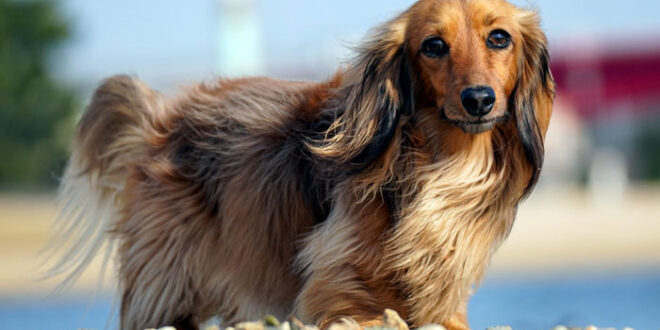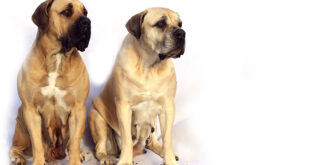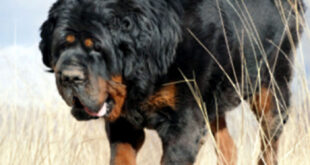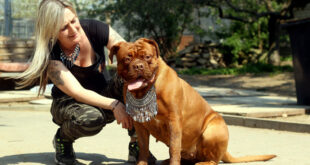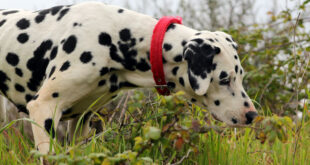Dachshund
The Dachshund is a breed of dog with short legs and a long body, it belongs to the hound family. It is also known as the wiener dog, badger dog, and sausage dog. There are many dachshund dogs that are similar in appearance and behavior to the terrier family, especially the wire-haired subtype. In general, dachshunds have long, stubby legs and a long, muscular body. Its paws are paddle-shaped and disproportionately large, enabling it to dig well. Its skin is flexible enough to not tear while tunneling in tight burrows to catch a meal. Dachshunds have a deep chest which provides plenty of space for the development of their hearts and lungs. Their snouts are long. Learning How to Take Care of Dachshunds dogs, Dachshund puppies Training in this article.
The coated variety of Dachshunds is smooth, long-haired, or wire-haired. The longhaired dachshund has a silky coat and short featherings on its legs and ears. Dachshunds come in a variety of colors and patterns, but the most common one is red. A wire-haired dog’s base coloration is a wild-boar color. Tan dogs can also have this base coloration. There are many variations in the base colors, such as dapples, sables, brindles, and piebald. Read also.
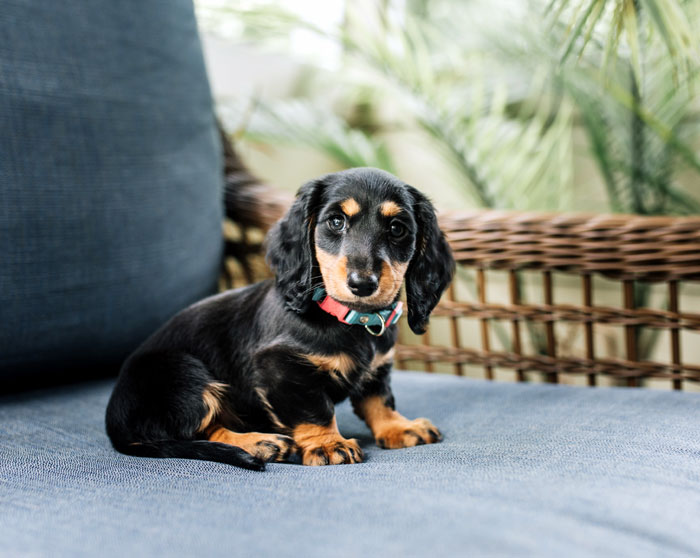
How to Take Care of Dachshunds
Dachshunds are friendly, loving dogs with an amazing sense of smell. His stubborn nature requires patience on the part of his caregiver. You will have a healthy, happy dog if you provide him with good food, exercise, and lots of love.
Feeding
Pets need to be fed quality food to meet their nutritional and dietary requirements. Because Dachshunds tend to get overweight, they need adequate nutrition to meet their daily dietary needs. Ensure your dog does not consume by-products of meat; feathers, beaks, and bones are not good for him. It is important to keep in mind that the dietary requirements of a dog may vary with its age, build, and activity level. A veterinarian can advise on the amount and kind of food that dachshunds need to consume and the amount of nutrition they require daily, assuming that they need to be fed the right pet food.
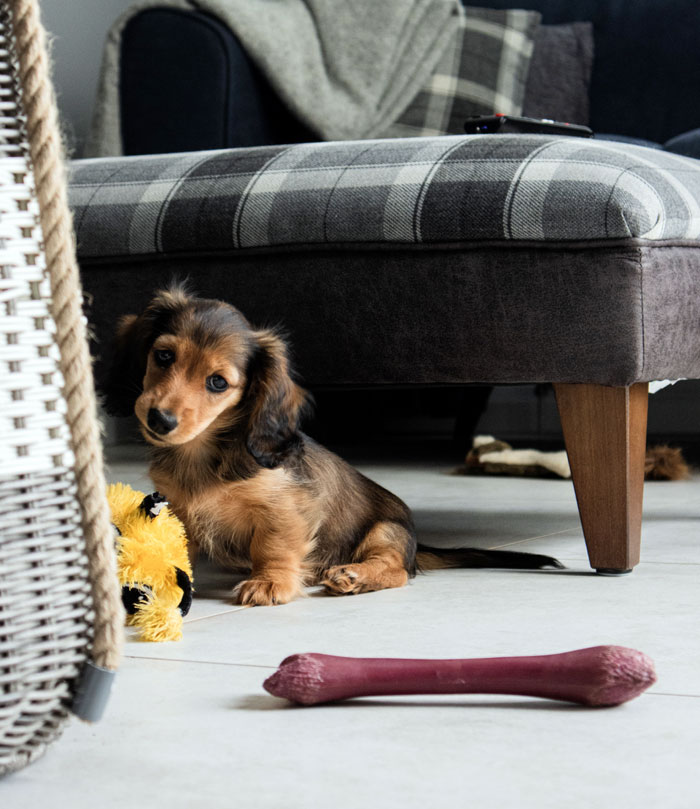
Dachshund puppiesTraining
It is important to have patience and a great sense of humor when training a Dachshund. Make sure your dachshund puppies exercise regularly. Taking your dog for two short walks each day that are around half a mile each will be enough for them. To reinforce him responding to the commands and behaving appropriately, it’s important to give him the goodies he loves most, as well as praise him and reward him.
The dog must be taught to heel. The dog is less likely to try and be the alpha dog if he understands his place in life is beside you, not in front of you. Make sure he is on a short leash and that you hold a treat over his head on your left side. Say “Heel” and move a few steps. When he stays by your side, reward him with the treat.
Put your puppy on a leash and teach him to sit. Give him the treat to look at. Make sure that he knows to stay and come when called. After he has learned the Sit command, you should hold up your hand as if it were a stop sign.
Grooming
Dachshunds require different grooming techniques depending on their hair coat. In general, longhaired pets do not require professional grooming, but they do require daily brushing. Compared to other varieties, smooth Dachshunds shed more.
Each Dachshund should have a bath periodically. It’s recommended that they get a bath every month. Excessive bathing can dry out his skin. Keep him away from drafts by bathing him with a mild shampoo and rinsing him thoroughly.
Be sure to brush the dog’s teeth. You might brush your dog’s teeth every day. You should consult your veterinarian for an appropriate brushing schedule.
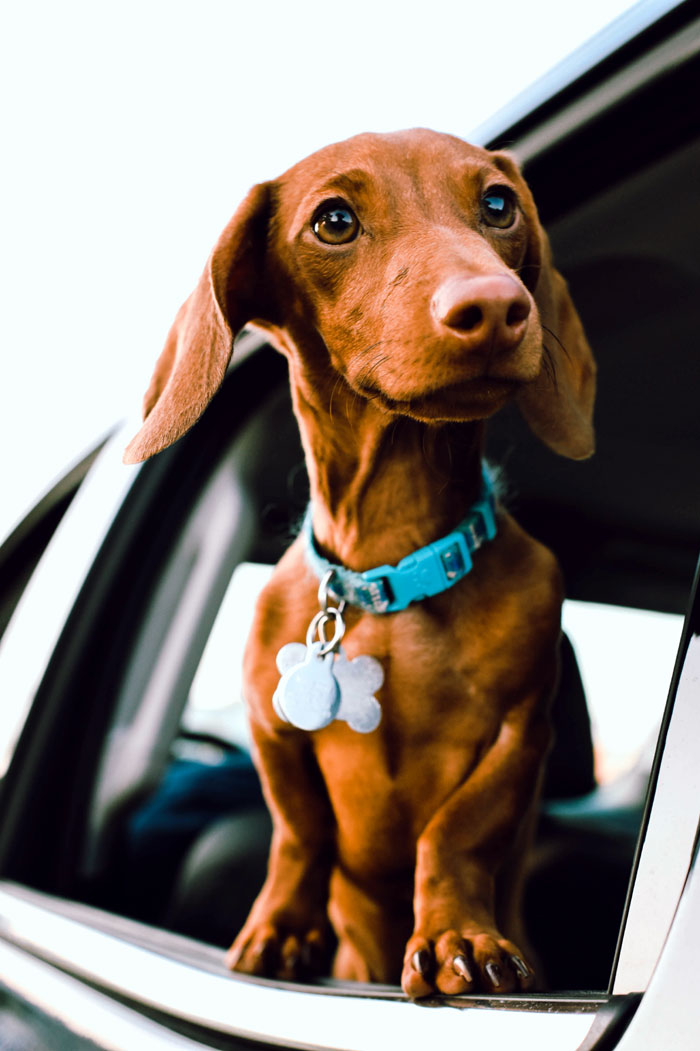
Health
Dachshunds usually live between 12 and 15 years. They are susceptible to health problems just like other breeds of dogs. They may suffer from spinal disc problems, urinary tract problems, diabetes, and heart problems. Always support the back of the dog when handling him. Avoid letting the dog jump on furniture. Providing ramps or steps for rising and falling from chairs or beds is an option. Furthermore, Dachshunds tend to become fat and lazy. Keep them healthy and fit by taking them on daily walks or exercising at home. But, too much exercise can damage their joints.
Read also:
Persian cat breed information. Finches health care and conditions. All about Cockatoos birds. How to care for Large Breed Dogs. How to care for Betta fish. Bullmastiff dog breed information and care. Ragdoll cats breed information and facts.
